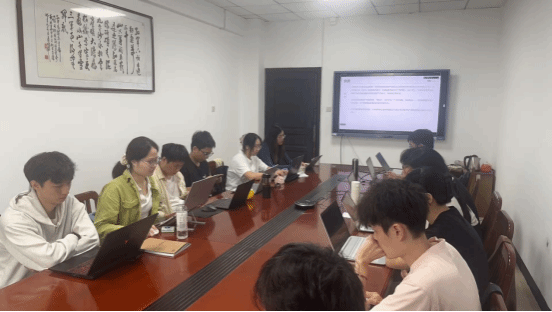时间:2025年9月13(周六)9:00
地点:气候变化与能源经济研究中心会议室
Paper1:申至立 Carbon pricing, compensation, and competitiveness: Lessons from UK manufacturing
摘要:Carbon pricing is often paired with compensation to carbon-intensive firms to mitigate the risk of carbon leakage. This paper empirically examines the effects of indirect carbon cost compensation on UK manufacturing firms. Using administrative microdata, we combine difference-in-differences and fuzzy regression discontinuity designs to exploit firm-level eligibility criteria and identify the causal impact of compensation. We find that compensation reduces output contraction but also increases electricity consumption and emissions. These findings highlight a key policy trade-off while compensation can help protect firms’ competitiveness and reduce leakage risks, it may also delay industrial decarbonization and increase the overall cost of achieving national emission targets
Paper2:管泓旭 Downstream carbon leakage from upstream carbon tariffs: Evidence from trade tariff
摘要:Pricing the carbon content of imports, or carbon tariffs, is being considered as a solution to policy�induced carbon leakage. However, the unilateral implementation of carbon tariffs could have unintended consequences, such as further emissions reshuffling or costly trade retaliation. This is particularly the case as proposed carbon tariffs will target emissions from upstream products. This paper estimates how upstream carbon tariffs will affect carbon leakage by exploiting variation in export tariffs. Using a two-country model, I first show that an upstream carbon tariff can lead to emissions leakage down the supply chain. Empirically, I estimate the upstream and downstream foreign emissions effects of export tariffs using plausibly exogenous increases in export tariffs during the 2018–2019 trade war for US manufacturing facilities, while controlling for other tar�iff changes. While I find evidence that US greenhouse gas emitting facilities respond to export tariffs on their outputs by reducing their emissions, I also find evidence of increased emissions from downstream facilities through input–output linkages. In the case of the US manufacturing industries that faced export tariff increases during the trade war, emissions increases from input users could offset the emissions reductions from facilities in upstream targeted industries. Results in this paper highlight the importance of input–output linkages for the net emissions effect of incomplete carbon tariffs.
